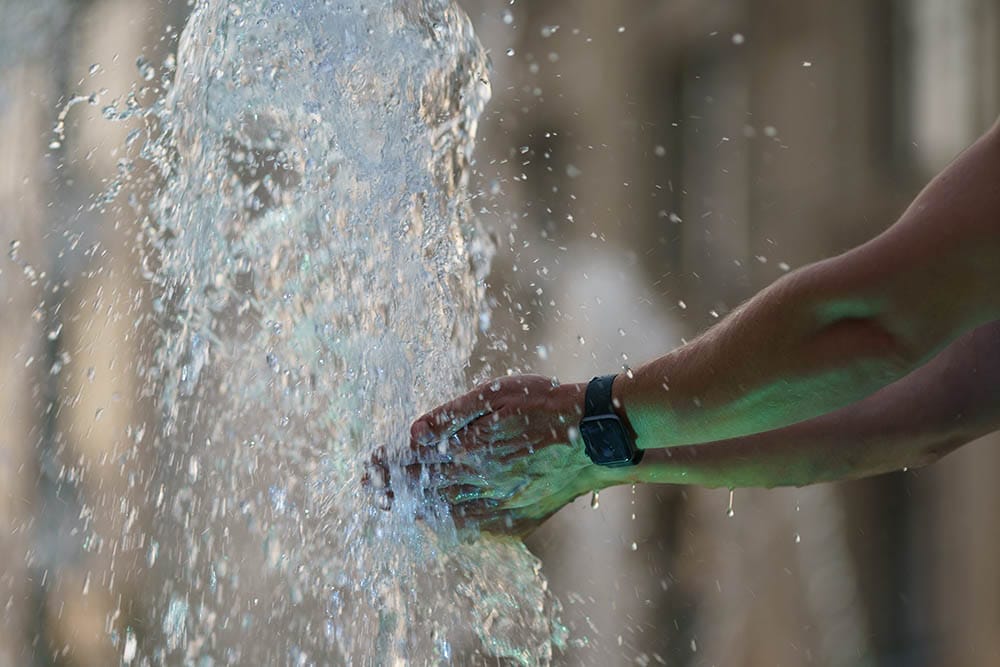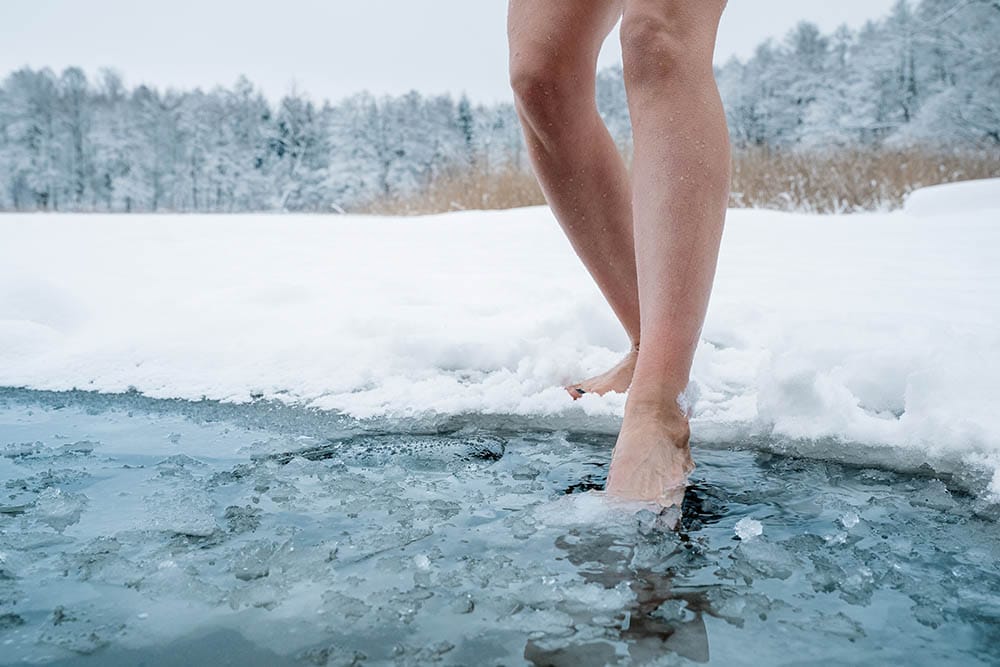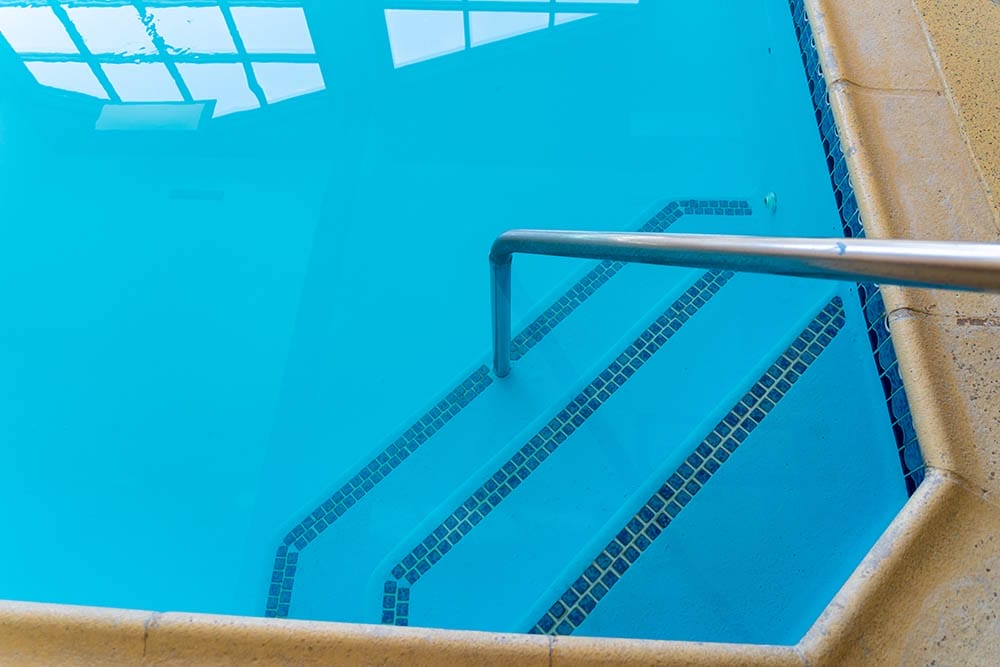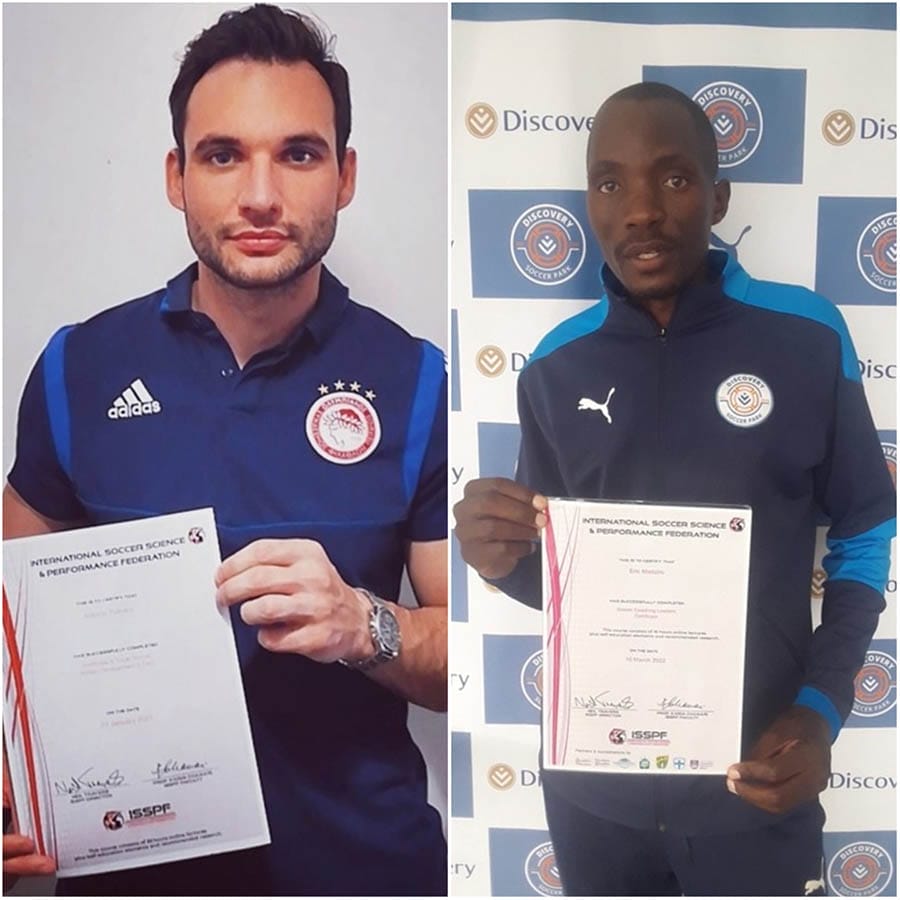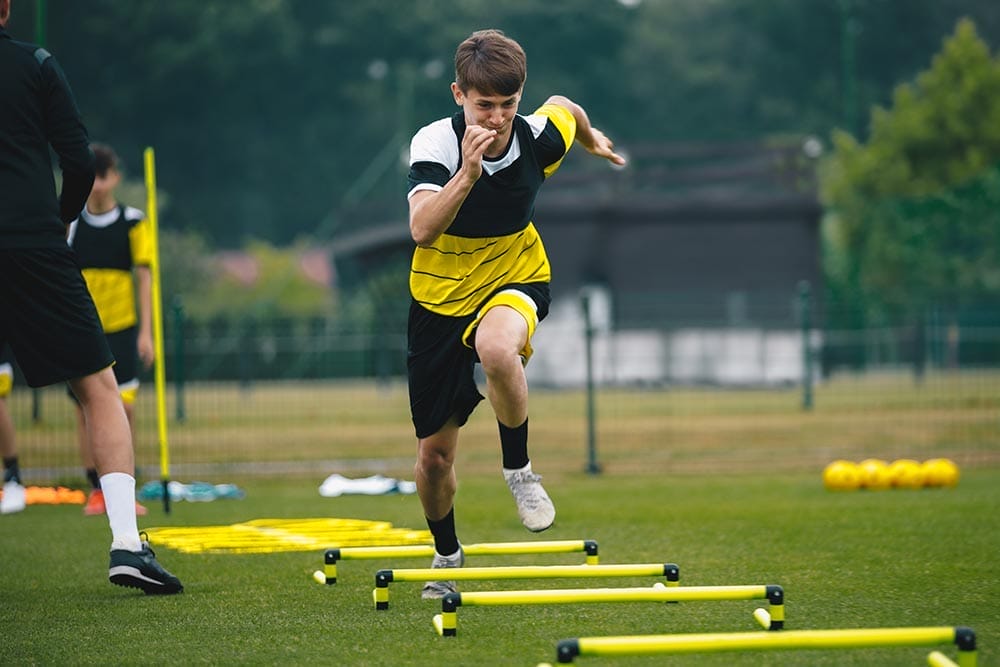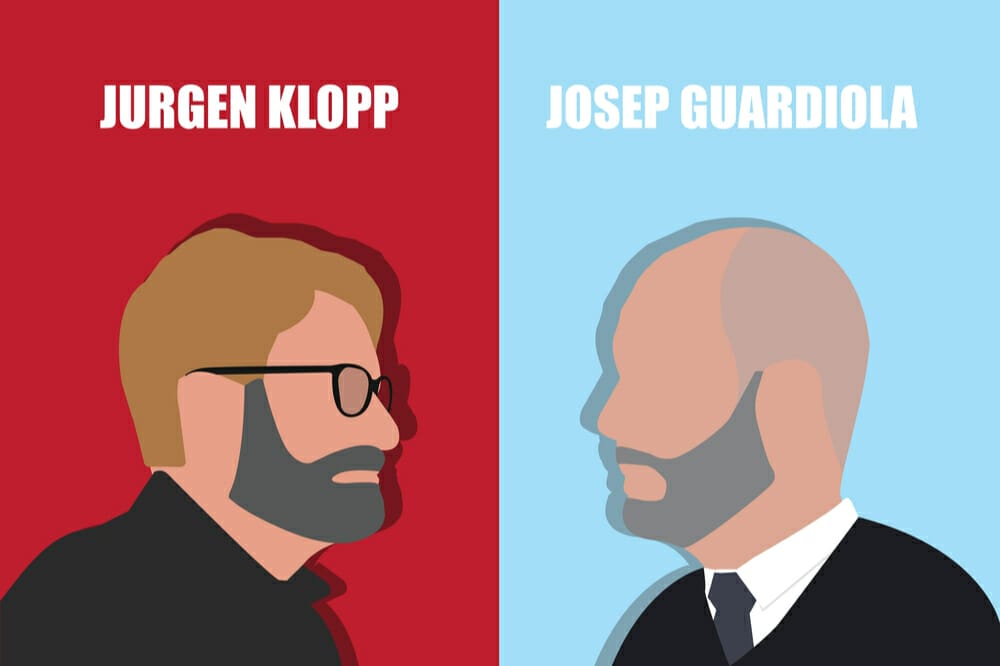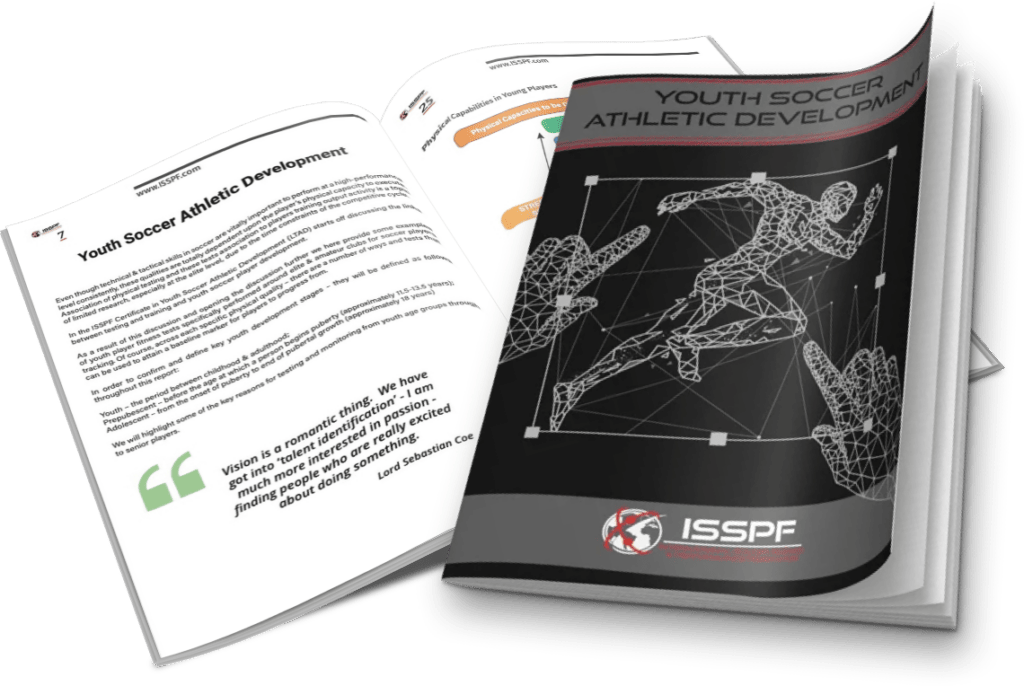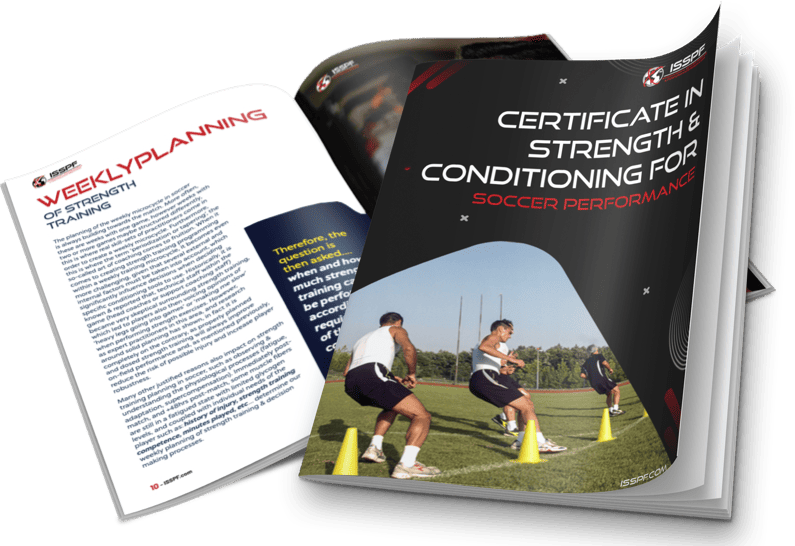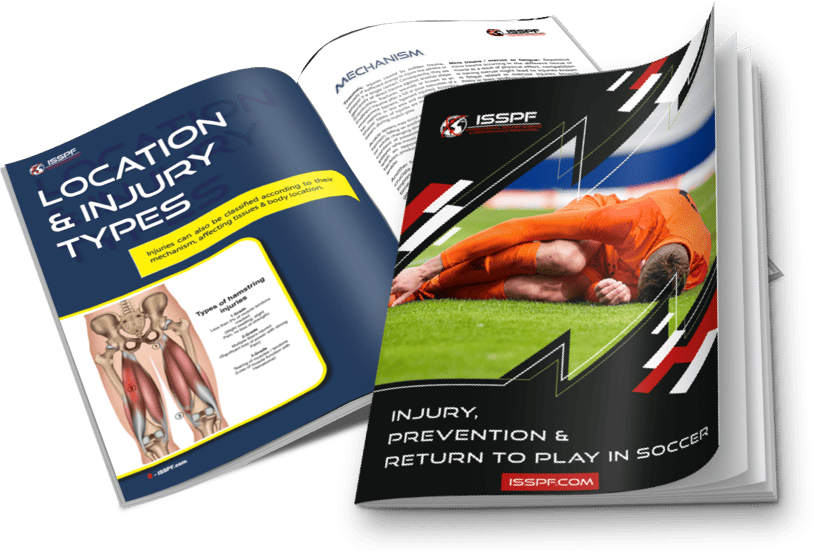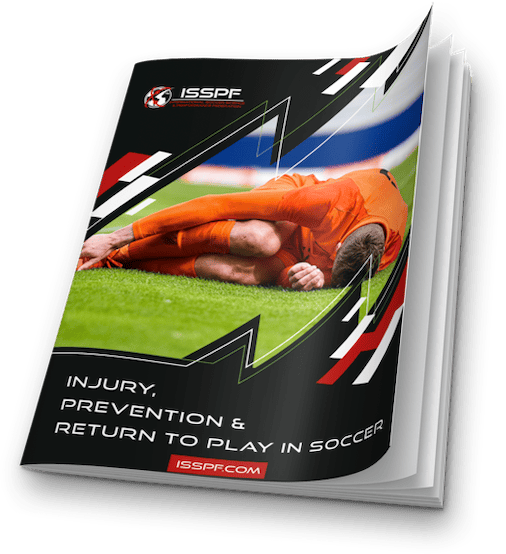Written by: Joshua Smith MSc., PGDip, BSc (HONS) High-Performance Manager
For players to cope with the demands of fixture congestion and high training loads combined with fixtures and travel, it is important to maximise recovery as quickly as possible. Furthermore, coaches want to enable their footballers or soccer athletes are capable of training more effectively, and efficiently and maximise the benefits of the training content whilst reducing their injury risk.
In recent times, the research into recovery modalities used by elite level athletes and how they may filter in the world of elite soccer continues to be a hot topic.
This particular article will focus around the area of contrast water therapy (CWT), and its potential benefits. Elite athletes are required to perform at a consistently high level, with the optimisation of recovery from training and matches being incredibly important in facilitating this (Versey et al., 2011).
Strength & Conditioning for Soccer Performance Course
What is Contrast Water Therapy
Contrast Water Therapy, involves immersing your body in one of two temperature-controlled water baths, alternating between 1 – 2 minutes in cold water (8-15 degrees Celsius) and 1 -2 minutes in hot water (38 – 42 degrees Celsius); if you want to focus on muscle recovery then you should finish in the cold water, whilst you should finish in the hot water if you want to focus on relaxation (Gill et al., 2006; Cook et al., 2014).
The rationale behind CWT is the creation of a “pump-like-action” through the alternating between hot and cold water, which in turn results in vasoconstriction and vasodilation of the athlete’s blood vessels (Image 1), which is suggested to influence blood flow changes, reduce muscle spasm and have a positive influence on the inflammatory response (Rivenburgh, 1992).
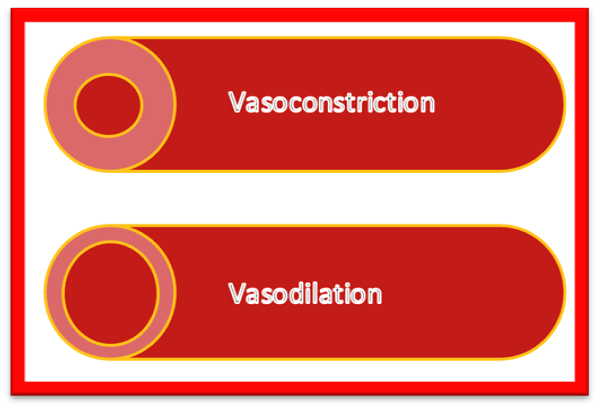
Gill et al., (2006) investigated the effectiveness of post-match recovery strategies and found that CWT produced 85.0% recovery after 84-hours, which was significantly greater than the passive recovery intervention (39.0%), and similar to an active recovery protocol and compression garment intervention of 88.2% and 84.4% respectively.
Comparison of CWT to Passive Recovery
Further comparison of CWT to passive recovery was conducted by Vaile and colleagues (2007), and it was found that CWT was, “associated with a smaller reduction and faster restoration, of strength and power”.
Whilst Kinugasa and Kilding (2009) observed no substantial differences in vertical jump height (a physical performance measure) results pre- and post-recovery protocol (when comparing CWT and passive recovery).
However, a more recent systematic review and meta-analysis of CWT and exercise induced muscle damaged was conducted, with it being found that CWT is superior to passive recovery (Bieuzen et al., 2013).
De Nardi et al. (2011) reported that the principal benefit of CWT was the reduction of fatigue perception after the training session, and that this reduction in fatigue perception would improve training compliance and ultimately, performance in competition.
This can concept on perception of fatigue can be linked back to the previous article on cold water immersion, where athletes instinctively regulate their individual performance based on their sensation of fatigue (Noakes et al., 2005).
This is reinforced by Juliff et al. (2014), who found that contrast water therapy did not accelerate physical recovery, however, the psychological benefit needs to be considered.
Of the studies reviewed, most point to a level of benefit over passive recovery, whilst other report similar findings to other methods of recovery.
What can be noted down is that there is certainly a level of benefit for those that believe in the modality, and this brings us to the important take home point I wanted to raise, there is no one size fits all for your players or athletes. Recovery, just like a training program needs to be individualised and consider the individuals age, gender, body composition, health, physical fitness, anatomy and skill level.
I hope this has shed more light on contrast water therapy and how it could be used to enhance player recovery. As the year progresses, we will continue to discuss different methods of recovery and the benefits associated.
If you would like to know more about soccer-specific physical training, take a look at the courses offered www.ISSPF.com/courses
What Next?
The demand for sports science, S&C coaches, physiotherapists, and performance & coaching specialists in football & team sports is growing year upon year. Thousands of students are leaving university with a sports science degree, physio or therapy-related qualification, however many of them asking the key question……
- What now?
- What’s the next step?
- Which area of sport or football science & medicine do I want to specialise in?
- How can I take my learning to the next level?
These are certainly interesting questions as progressing from completing a sporting, medical or therapy related degree to then working in professional football & trying to understanding all the key components, and soft skills that come with jobs in football or careers within sport is complex.
As a result, the bespoke courses developed by ISSPF Fitness, Medical & Football Science Faculty members are a way of further exposing learners, parents, professional coaches, students, or other individuals interested in football science with a thirst to develop & upskill further.
The link below will take you to the hugely popular & expertly designed ISSPF endorsed & accredited Strength & Conditioning for Soccer Performance online sport science course, where you will be exposed to football medicine & coaching science led research, with practical examples used by the game’s leading practitioners.
Strength & Conditioning for Soccer Performance Course
Who is this Strength & Conditioning for Soccer Performance for?
- Individuals tasked with the responsibility for the strength & conditioning, training, preparation & coaching aspects of soccer players.
- Individuals with an interest in developing their own knowledge in the strength & conditioning, training & development of individual soccer players and teams.
The Certificate in Strength and Conditioning for Soccer Performance provides you with the most efficient and modern training methods, drills and exercises to maximise the speed, endurance and strength of your players for peak match-day performance.
This course is suitable for:
- Individuals tasked with the responsibility for.
- Individuals with an interest in developing their knowledge in.
The course is comprised of the following:
- 15 study hours
- Pre- & post-lecture reading references
- Multiple-choice tests
- Course assignment
- Certificate of Achievement
References
Bieuzen, F., Bleakley, C.M. and Costello, J.T. (2013) ‘Contrast Water Therapy and Exercise Induced Muscle Damage: A Systematic Review and Meta-Analysis’, PLoS ONE, 8(4). Available at: https://doi.org/10.1371/journal.pone.0062356.
Cook, C.J., Kilduff, L.P. and Jones, M.R. (2014) ‘Recovering effectively in high-performance sports’, in D. Joyce and D. Lewindon (eds) High-performance training for sports. Champaign, IL: Human Kinetics, pp. 321–330.
Gill, N.D., Beaven, C.M. and Cook, C. (2006) ‘Effectiveness of post-match recovery strategies in rugby players’, British Journal of Sports Medicine, 40(3), pp. 260–264. Available at: https://doi.org/10.1136/bjsm.2005.022483.
Juliff, L.E. et al. (2014) ‘Influence of contrast shower and water immersion on recovery in elite netballers’, Journal of Strength and Conditioning Research, 28(8), pp. 2353–2358. Available at: https://doi.org/10.1519/JSC.0000000000000417.
Noakes, T.D., Gibson, A.S.C. and Lambert, E. V (2005) ‘From catastrophe to complexity: a novel model of integrative central neural regulation of effort and fatigue during exercise in humans: summary and conclusions’, British Journal of Sports Medicine, 39, pp. 120–124. Available at: https://doi.org/10.1136/bjsm.2003.010330.
Rivenburgh, D.W. (1992) ‘Physical modalities in the treatment of tendon injuries.’, Clinical Sports Medicine, (11), pp. 645–659.
Versey, N., Halson, S. and Dawson, B. (2011) ‘Effects of contrast water therapy duration on recovery of cycling performance: a dose-response study’, European Journal of Applied Physiology, (111), pp. 37–46.
Share this article:
